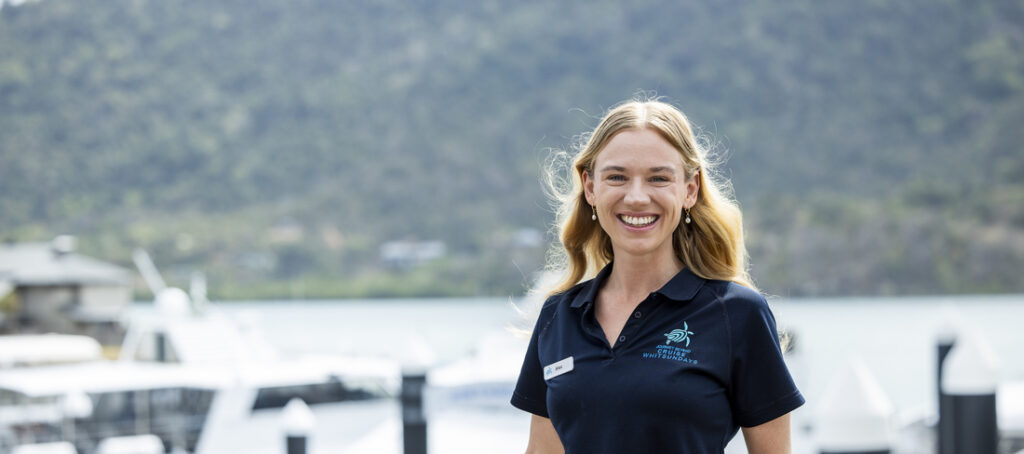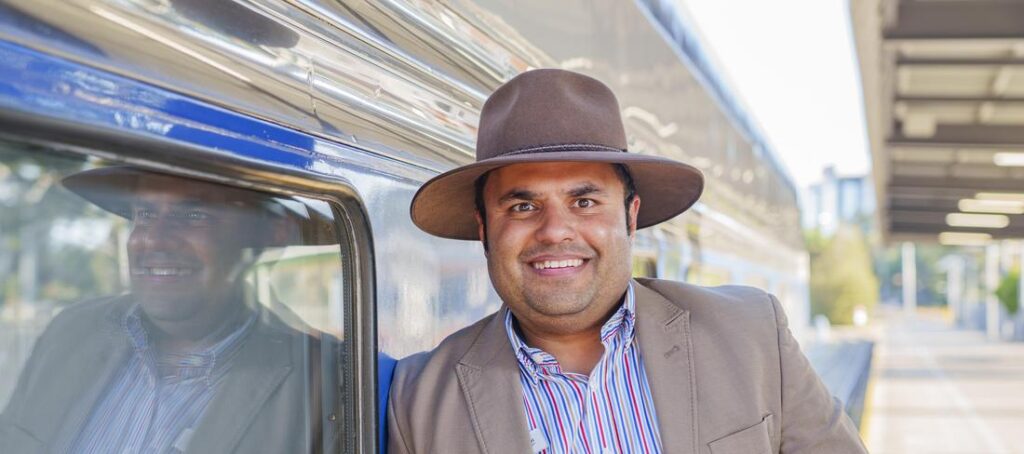If evidence is needed that Australia does everything that little bit differently, Canberra is it. Most countries elect a geographically central city or a highly populated metropolis as the capital. Australia resolved political wrangling between Melbourne and Sydney by choosing neither. After several years of scouting, Canberra was selected as the capital in 1909, legislated in 1911 and officially designated the capital of Australia on 12 March 1913.
WORDS: Giselle Whiteaker
That’s not all though. In a rather bold move, the Government of the day ran the Federal Capital City Design Competition to determine who would design the city. 137 designs poured in from across the globe. Chicago architects Walter Burley Griffin and Marion Mahony Griffin walked away with the honours. The result is a city known for its sweeping nature reserves and suburban pockets established in valleys and shaped around the topography of the land, protecting the major hills from development and creating a scenic backdrop to frame the capital.
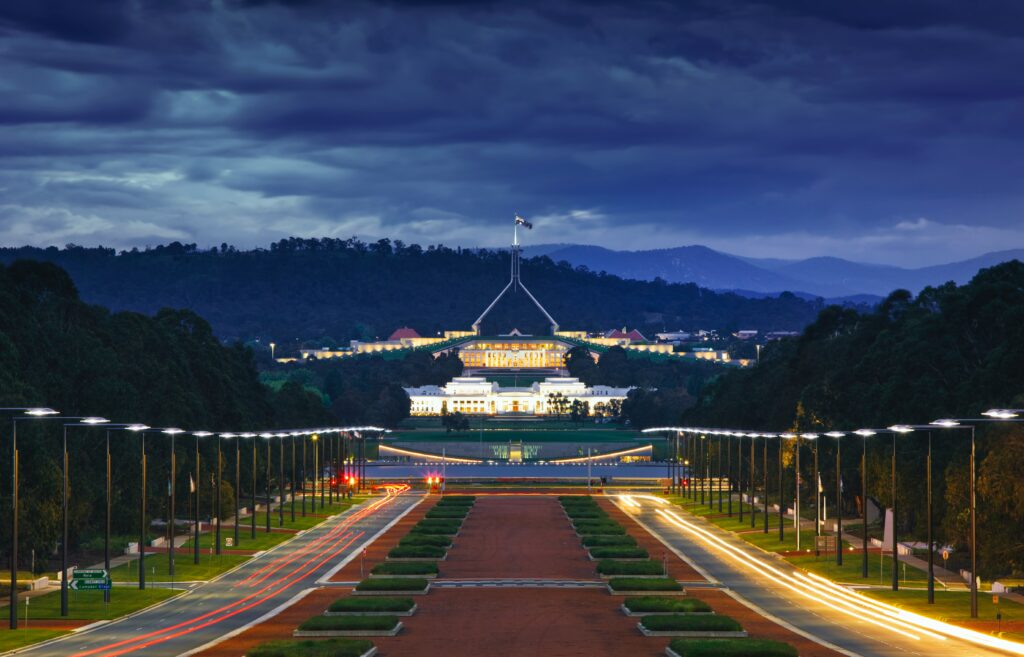
Politics has continued to play a role in Canberra’s evolution – how could it not, with Parliament House sitting in prime position atop Capital Hill? Like the city it lives in, Parliament House’s design was determined by competition, with New York-based architectural firm Mitchell/Giurgola & Thorp championing a design to encourage public access and involvement. Highlights of the structure include a 196-square mosaic in the forecourt designed by Aboriginal artist Kumantye Jagamara, a rather spectacular marble foyer, and the Great Hall Tapestry, designed by Australian artist Arthur Boyd in collaboration with the Victorian Tapestry Workshop.
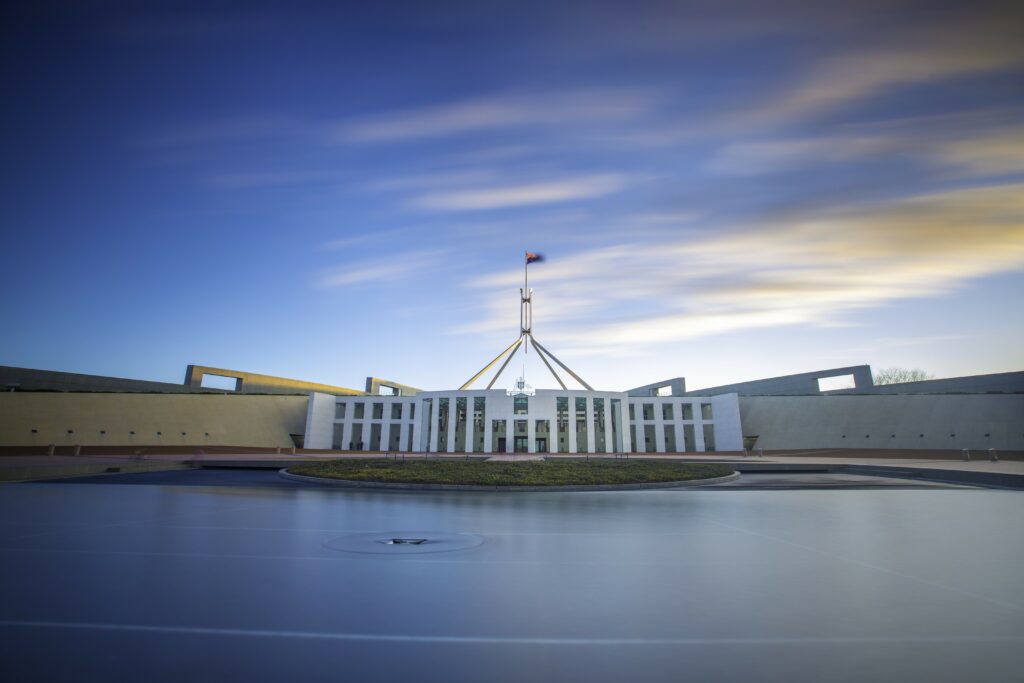
In a further nod to its political heritage, many of Canberra’s suburbs and streets take their names from former Prime Ministers, from Deakin, Watson, Fisher, Cook, Hughes and Curtin to Fadden and the most recent edition, Whitlam. A curveball in this list is Callister Street in Theodore, which pays tribute to Australian Chemist Dr Cyril Callister, the inventor of Vegemite.
Aside from politics, the city is a cultural beacon, with a plethora of top-notch museums, galleries and memorials. The National Gallery alone holds more than 166,000 works of art, not to mention the Nishi Gallery and the National Portrait Gallery. Then there’s the National Museum of Australia or for a deep dive into the region, the Canberra Museum and Gallery, which is home to more than 140 works by esteemed Australian artist Sidney Nolan. The Old Parliament House is now home to the Museum of Australian Democracy and for curious young minds, there’s Questacon, the National Science and Technology Centre, and a short drive north of the city centre, the National Dinosaur Museum.
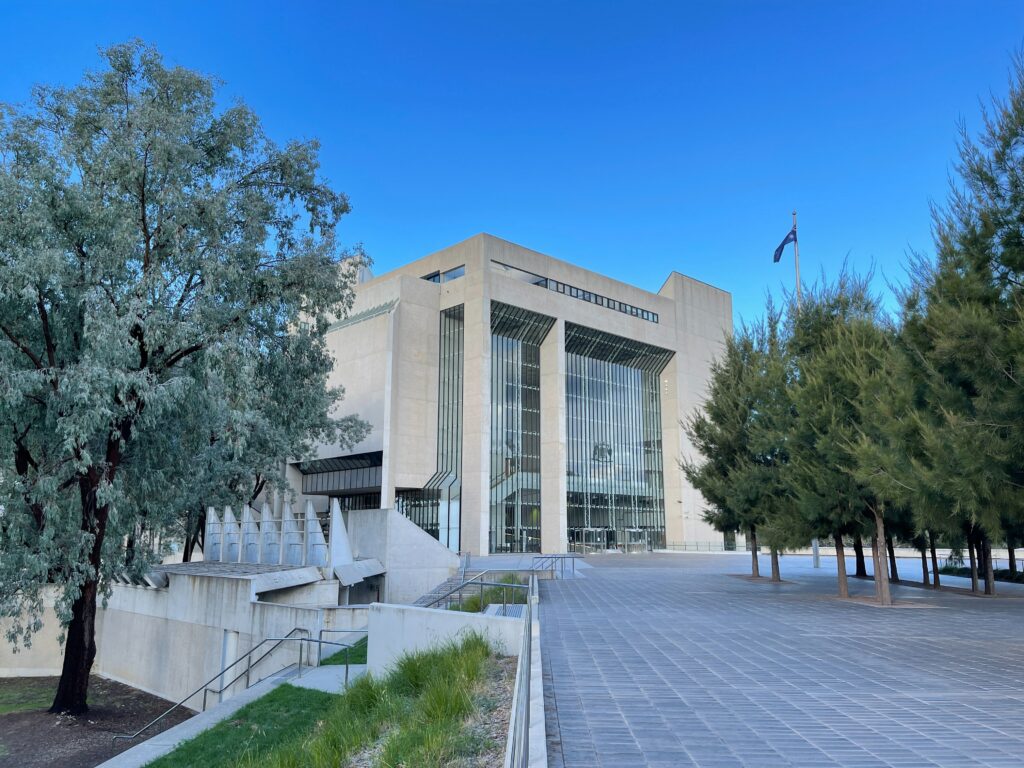
One of the advantages of planning a city is that you can plan the lines it sits on. Nowhere is this more apparent than at the Australian War Memorial, from where Anzac Parade, the National Capital’s major commemorative way, points towards Parliament House beyond Lake Burley Griffin. The War Memorial itself sits at the foot of Mt Ainslie and includes a Roll of Honour, several commemorative spaces, a sculpture garden, and a number of gallery spaces.
Canberra may have been a political compromise as a capital, but these days, it boasts a thriving food scene, an array of arts, a multitude of memorials, and a glut of green spaces that have given it another moniker: The Bush Capital.


